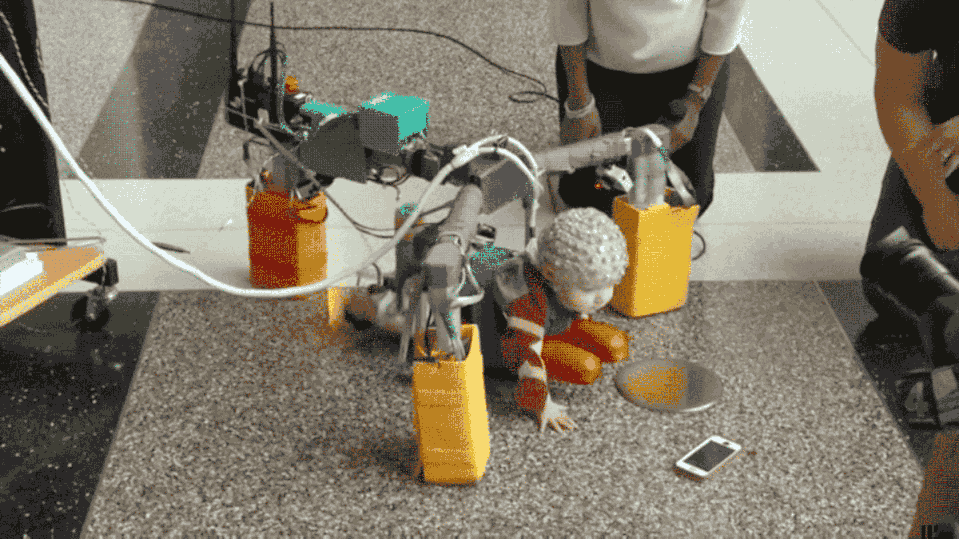Robotic exoskeleton for babies can help prevent cerebral palsy
It helps a develop an infant's brain and motor skills.

University of Oklahoma's robotic exoskeleton for babies does two things: (1) make the kiddos look like tiny Dr. Octopuses and (2) help prevent cerebral palsy. The motorized device has power steering that gives babies at risk of CP a little push needed to be able to move and crawl like their peers can. See, the condition can be caused brain damage, infections and injuries early in a person's life. To combat the disorder, therapy must start as early as possible -- unfortunately, it's not typically diagnosed until a child turns one year old.
The good news is that one of this team's original members developed a method to detect which babies between two and eight months old are most likely to develop cerebral palsy. Since children at risk of the disease can't move their bodies the way they want to, they stop trying to crawl after a while, causing the brain to stop developing new motor skills. This machine provides the push they need to crawl normally, promoting brain growth and the formation of motor skills.
The team has been developing this exoskeleton for a while now, but they admit that there's still much to be done before it's ready. According to IEEE, they've only just begun a large trial comprised of 56 infants and are the midst of collecting real-time brain activity data through the baby Dr. Octopuses' EEG caps.
Update: Switched to proper terminologies (e.g. illness to disorder).
